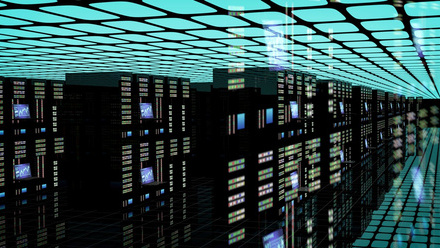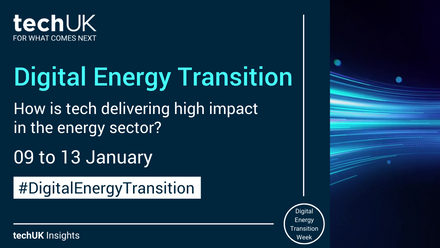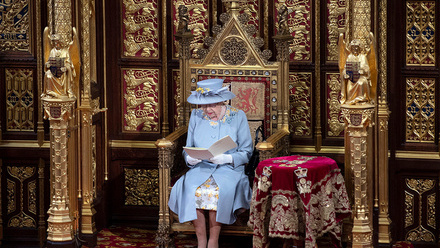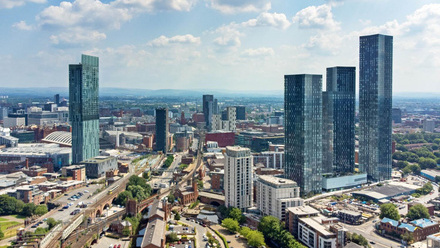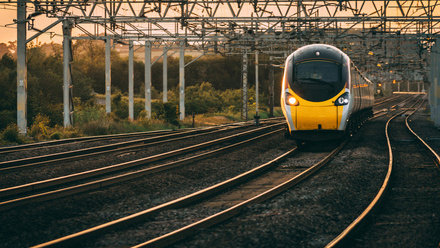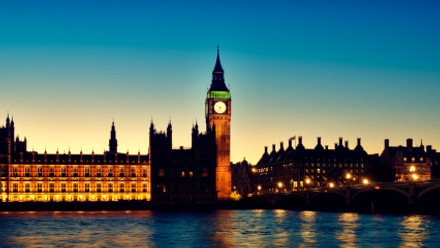A digital twin-pronged response to climate change
The UK’s railway networks have suffered major disruptions in recent years due to temperatures reaching unprecedented levels of up to 40°C, and these extreme weather events are only expected to continue as we grapple with climate change.
With tracks buckling and overhead wire systems failing, public safety is a concern so our rail operators’ must resort to indiscriminately applying blanket restrictions on speed due to a lack of data on regional variation. However, this disruption could be mitigated using digital twins, which can provide insights that inform how rail infrastructure is faring in extreme weather conditions in real-time.
By creating a virtual replica of the network including the tracks and overhead wires, digital twins enable operators to create and model an infinite number of ‘what-if’ scenarios.
Operating forecasts can be informed by historical data and by asset data readers that produce live data. Pair this with weather forecasts and digital twins can create simulations of how rail infrastructure can or cannot withstand extreme conditions. This would allow railway operators to make potential improvements to the accuracy of train speed guidance or track damage, increasing efficiency while ensuring safety.
Another compelling business case for digital twins in relation to climate change is building management. If a building manager wants to reduce energy costs and emissions, with the right intelligence they can use digital twins to understand current energy output. Simulations can then present interventions that will have the highest impact.
Looking to a real example: we at AtkinsRéalis were contracted by Reading Station to improve its energy performance and, using a digital twin, we were able to reduce energy output by 20%. We worked with Cardiff University to create a digital twin that could run various scenarios based on simulation data, consisting of historical data and modelling. We learned that the biggest consumers of energy were heavy machinery (e.g. lifts and escalators) and lighting – both of which were consuming 80% of total energy use. An example of an intervention revealed by the digital twin included slowing down escalators when they were not in use.
Our next step has been to install live sensors on assets so their performance can be understood in real time. This will allow building management to have a baseline to measure against, so if energy use exceeds an agreed threshold an alert will be triggered. Taking this further – Artificial Intelligence (AI) could be used to automatically make tweaks to ensure the building is as energy efficient as possible.
Building blocks
To take advantage of digital twins, organisations and businesses need to have a robust data strategy. Building and infrastructure owners need to know how much data they currently have and how much they will collect in the future. As data is the key building block to creating a digital twin, it has to be taken seriously from the outset. However, the challenge is not always technical. It could also be cultural because many organisations are reticent to changing their existing approaches to efficiency. Often, organisations rely on long-tenured building managers who run all of the building’s assets using their experience. But if that person were to leave, all those processes would leave with them. Using data, rather than intuition, is a safer bet in these circumstances, and it helps to maximise energy savings.
The clock isn’t turning backwards. We have to accept that the climate of our planet is increasing and as such, the way we operate our buildings and infrastructure networks has to change. However, we can get more intelligent with the way we respond to immediate challenges, such as extreme heat or flooding, and we can improve the way we prepare for the future by making our buildings more energy efficient. Digital twins are an open-ended solution in that they can continue to produce benefits as organisations grow and their needs evolve.
Digital Twins updates
Sign-up to receive updates on techUK’s work around supporting the adoption of digital twin technology throughout our economy. You’ll receive regular insights, policy updates, event invitations and projects you can get involved with.
Smart Infrastructure and Systems updates
Sign-up to get the latest updates and opportunities from our Smart Infrastructure and Systems programme.



